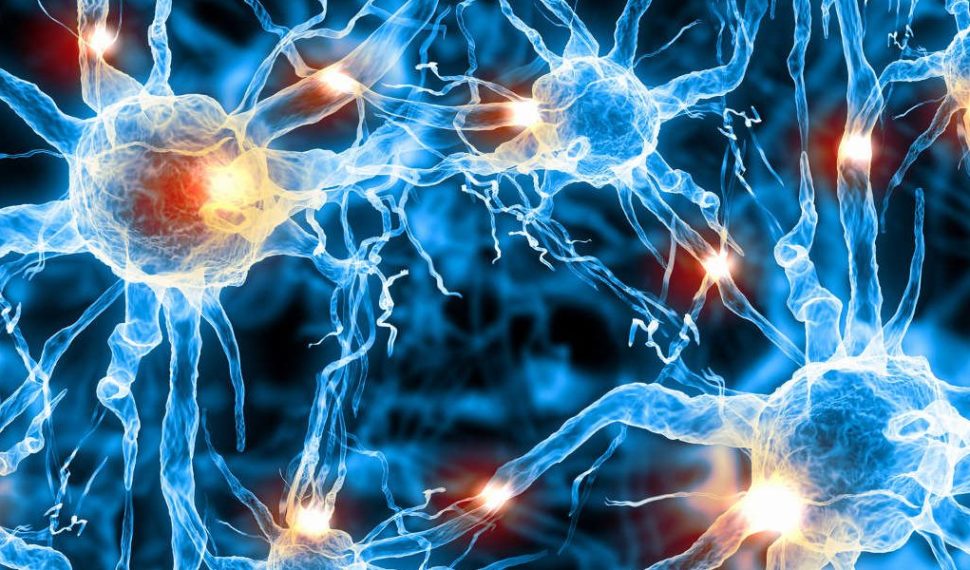Meet Your Mitochondria—Energized Cells for a More Energized Life
Everything your body does, including the simple act of reading this article, requires energy. Our lives are made possible because of the existence of a vital life force energy that surrounds and flows through our bodies. Yet this life force energy is not the sole source of energy you need to live and function each day. You also need its physical energy counterpart. And where does this physical energy come from? For the most part, the answer lies in your cells.
It is estimated that the adult human body contains approximately 100 trillion cells. Within most of these cells (red blood cells being a notable exception) there exist tiny “energy factories” known as mitochondria that work every minute of your life to produce approximately 95 percent of all the energy your body uses on a daily basis. These microscopic powerhouses accomplish this by taking in the nutrients delivered to the cells from the bloodstream. They then break the nutrients down (metabolize them) and combine them with oxygen to produce adenosine triphosphate (ATP), the main chemical fuel supply for your body’s energy needs. This process is known as cellular respiration. Mitochondria are the only components of the cell where food molecules and oxygen can be combined.
Not only are mitochondria essential for supplying your body with adequate energy, but they also play important roles in protecting against disease and helping you to live longer. In addition, they are involved in a range of other processes, such as cell signaling and cellular differentiation, as well as the control of the cell cycle and cell growth and division, and normal cell death (apoptosis). They also regulate cell metabolism. Depending on the type of cell, along with other factors such as your body’s nutritional status, the number of mitochondria inside a cell can range in number from 2 to 2,500. Overall, the adult human body contains an estimated 500 trillion mitochondria.
A remarkable characteristic of mitochondria that is unique among all other cellular components is that they possess their own DNA, which is distinct from the DNA found in the nucleus of the cells. This means that mitochondria have the ability to increase their number inside each cell. This fact has important implications, as scientists now believe that overall health and longevity in humans depends in large part on the amount of mitochondria within human cells, and on how well the mitochondria function. More high-functioning mitochondria in your body mean better health and a greater chance that you will live a long life.
Unfortunately, their very function—metabolizing nutrients with oxygen to generate ATP for energy—make mitochondria highly susceptible to impaired functioning and premature death due to accelerated degradation and destruction of their DNA. The reason for this is simple: Because of the large amount of oxidative activity that mitochondria require to produce ATP, they are constantly exposed to large amounts of free radicals, one of the primary causes of aging and disease.
Cellular DNA is defended from free radicals by the cells’ double-membrane structure that shields it from the rest of the cell, along with a plentiful supply of protective proteins. The DNA of mitochondria lacks such protections and therefore has few defenses against free radical damage. As a result, and not surprisingly, as we age mitochondrial function tends to decline, as does the overall number of mitochondria in our cells.
Over the last four decades, a growing body of research has found that the decline of mitochondria in the body and impaired mitochondrial functioning are primary causes of many disease conditions today, ranging from cancer, diabetes, heart disease and stroke, and kidney and liver conditions to neurodegenerative conditions such as Alzheimer’s and Parkinson’s disease. Because of how essential mitochondria are for good health, abundant energy, and long life, doing all you can to protect them is vitally important. Next time, we will share proven self-care steps you can use to do so.
Copyright (C) 2015 by Michael Galitzer MD and Larry Trivieri Jr. All rights reserved.

